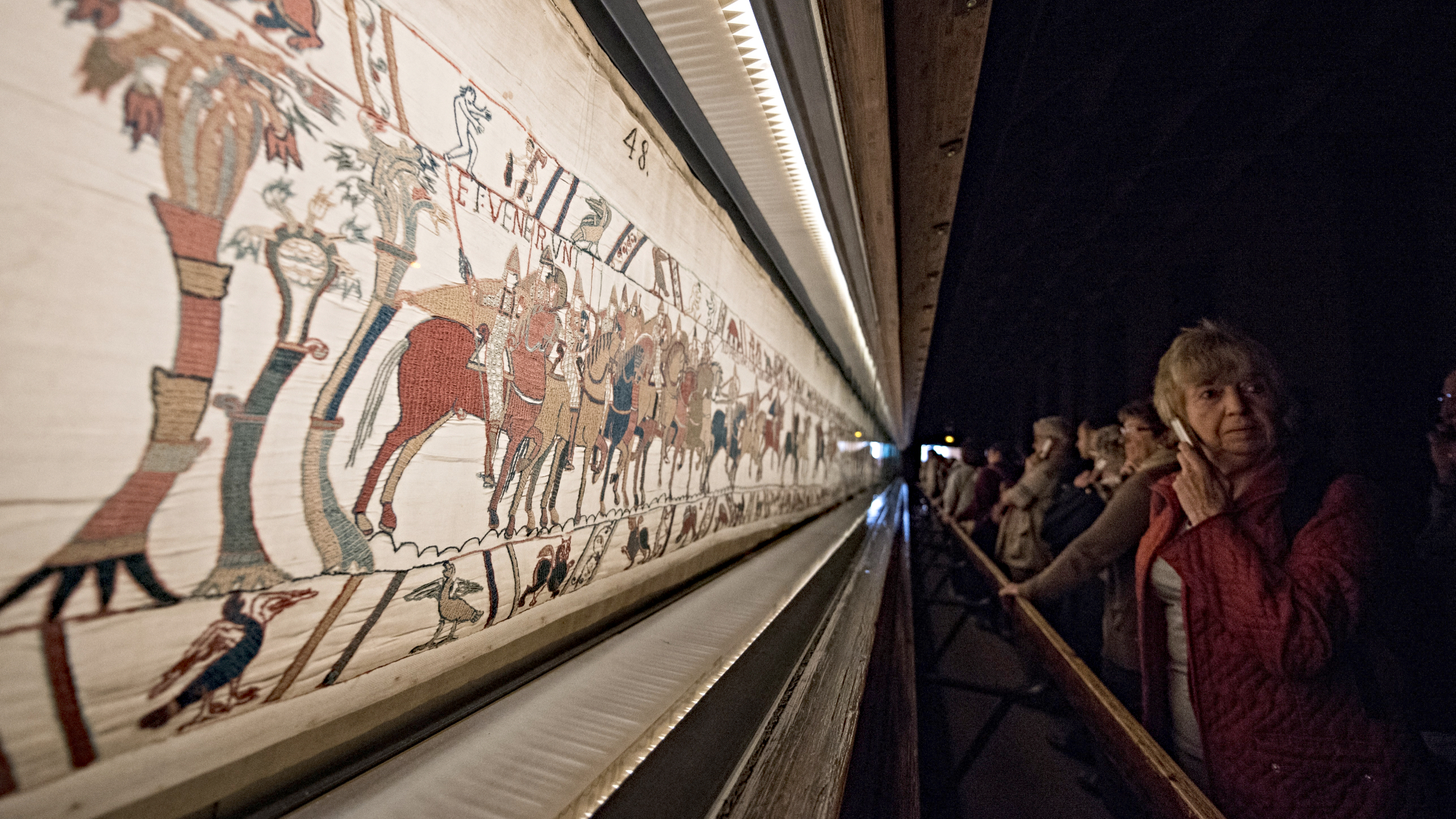Also of interest ... in cities as characters
Exiles in the Garden by Ward Just; Farm City by Novella Carpenter; Let the Great World Spin by Colum McCann; A Bright and Guilty Place by Ric
Exiles in the Garden
by Ward Just
(Houghton Mifflin, $25)
The Week
Escape your echo chamber. Get the facts behind the news, plus analysis from multiple perspectives.

Sign up for The Week's Free Newsletters
From our morning news briefing to a weekly Good News Newsletter, get the best of The Week delivered directly to your inbox.
From our morning news briefing to a weekly Good News Newsletter, get the best of The Week delivered directly to your inbox.
Ward Just’s 16th novel “deftly and sharply” portrays “the quiet Southern city” that was 1960s Washington, said Jonathan Yardley in The Washington Post. His main concern, though, is a decision that the book’s protagonist made at that time, preferring to stay on the sidelines rather than become a man “in the arena,” like his senator father. A “deceptively quiet” book, told largely in flashbacks, Exiles lets us feel the narrator’s regrets, and also to see past them. It’s one of the very best novels Just has written.
Farm City
by Novella Carpenter
(Penguin, $26)
A free daily email with the biggest news stories of the day – and the best features from TheWeek.com
You don’t expect to find a farm in “one of the scuzzier neighborhoods in Oakland, Calif.,” said Mary Pols in Time. While creating her own, Novella Carpenter learns how to find feed for her pigs by leaping into Dumpsters and discovers how not to feel terrible about slaughtering her own ducks. But even as she obsesses over crop yields, she “never loses sight of the junkie shooting up across the street.” You’ll miss her “deft, compassionate, and funny” voice “as soon as you turn that last page.”
Let the Great World Spin
by Colum McCann
(Random House, $25)
Colum McCann’s grand new novel about 1974 New York “is, at times, excessive,” said Margaret Sullivan in The Buffalo News. Opening on the August afternoon when a French tightrope walker slings a wire between the twin towers and transfixes the city, it touches down into the lives of 10 narrators, each “lost in the web of his or her own troubles and joys.” But complaining about the detail of the mosaic’s separate pieces is “like complaining about a feast. If it’s too much, walk away.”
A Bright and Guilty Place
by Richard Rayner
(Doubleday, $25)
Author Richard Rayner “has given us, finally and definitely, the nonfiction equivalent” of the greatest Raymond Chandler novels, said Rich Cohen in the Los Angeles Times. Dialing back to the period in the late 1920s and early ’30s when Los Angeles’ “personality was fixed,” Rayner strings together a series of murders, investigations, and trials to show how noir was born. This is an L.A. “crowded horizon to horizon” with corruption, alibis, and back stories, a place where only the “wised-up” survive.
-
 The best art exhibitions to book in 2026
The best art exhibitions to book in 2026The Week Recommends Our pick of the shows to see across the UK, from epoch-defining embroidery to fresh looks at under-appreciated artists
-
 What is the Donroe Doctrine?
What is the Donroe Doctrine?The Explainer Donald Trump has taken a 19th century US foreign policy and turbocharged it
-
 Could a part-and-part mortgage help you on to the property ladder?
Could a part-and-part mortgage help you on to the property ladder?Combining repayment and interest-only mortgages could become more popular as part of a push towards more flexible lending
-
Also of interest...in picture books for grown-ups
feature How About Never—Is Never Good for You?; The Undertaking of Lily Chen; Meanwhile, in San Francisco; The Portlandia Activity Book
-
Author of the week: Karen Russell
feature Karen Russell could use a rest.
-
The Double Life of Paul de Man by Evelyn Barish
feature Evelyn Barish “has an amazing tale to tell” about the Belgian-born intellectual who enthralled a generation of students and academic colleagues.
-
Book of the week: Flash Boys: A Wall Street Revolt by Michael Lewis
feature Michael Lewis's description of how high-frequency traders use lightning-fast computers to their advantage is “guaranteed to make blood boil.”
-
Also of interest...in creative rebellion
feature A Man Called Destruction; Rebel Music; American Fun; The Scarlet Sisters
-
Author of the week: Susanna Kaysen
feature For a famous memoirist, Susanna Kaysen is highly ambivalent about sharing details about her life.
-
You Must Remember This: Life and Style in Hollywood’s Golden Age by Robert Wagner
feature Robert Wagner “seems to have known anybody who was anybody in Hollywood.”
-
Book of the week: Astoria: John Jacob Astor and Thomas Jefferson’s Lost Pacific Empire by Peter Stark
feature The tale of Astoria’s rise and fall turns out to be “as exciting as anything in American history.”